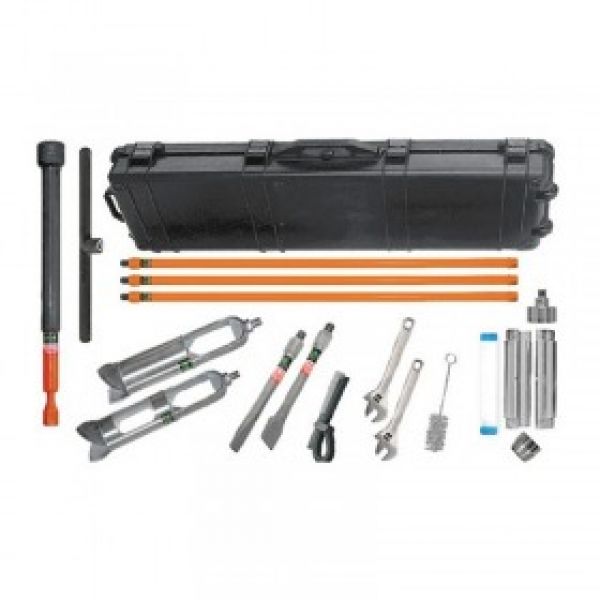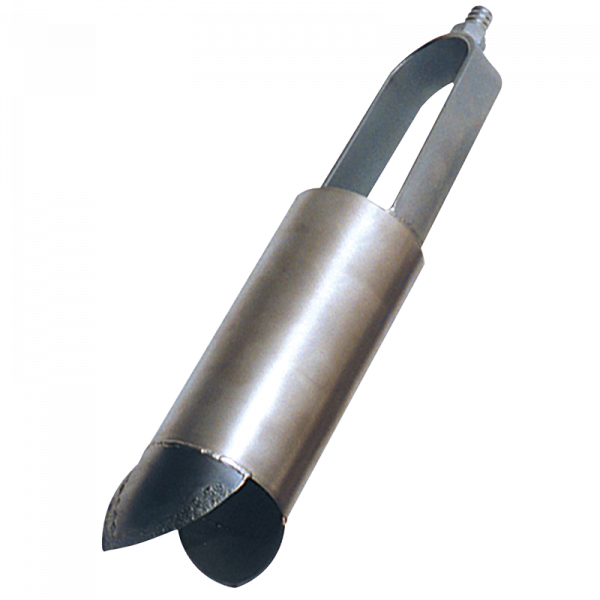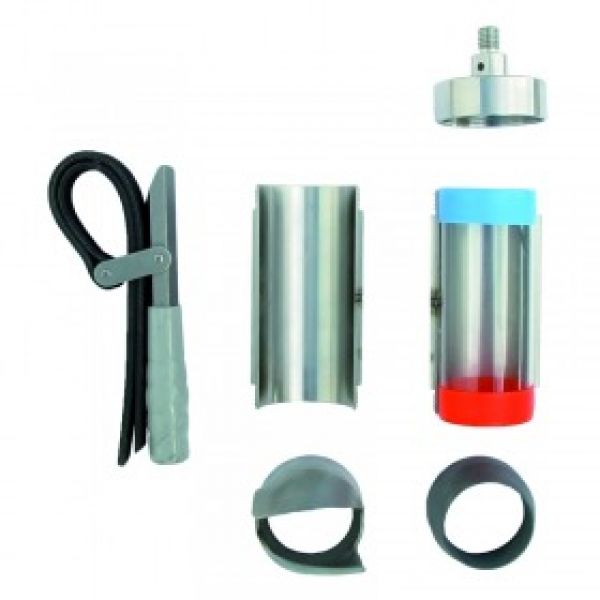Yes, Air-Met Scientific has a wide range of soil sampling equipment available for hire including soil augers, split core samplers and even professional soil sampling kits. Contact your local Air-Met Scientific Rental office to discuss your soil sampling requirements or for equipment availability. Air-Met Scientific have rental offices across Australia in most major cities including Melbourne, Sydney, Brisbane, Mackay, Perth and Adelaide.
Soil sampling can be undertaken in a huge variety of ways and therefore requires consideration toward a number of factors. Some general factors to consider while planning sampling include:
- Aim/purpose of sampling – Identifying why soil sampling is necessary is the most important consideration as it will inform how other considerations are addressed. Soil sampling processes are likely to look different assessing contamination in a construction site compared to when it is undertaken to make decisions relating to fertiliser application or crop rotation.
- Sampling area – The size and variation within a sampling area can influence decisions regarding the number of samples to be taken and where the samples should be taken from.
- Sampling depth – The sampling depth depends on what soil properties are being assessed. It is important for the depth to be suitable for the application to obtain a representative sample. For example, surface soil samples are generally taken at a depth of 10cm and are often used for assessing soil and biological properties of surface soils.
- Sampling method – The strategy used to take representative samples from an area will depend on practicality and characteristics of the sampling area. A single transect of samples may be suitable for an open paddock however in an area where soils are likely to vary significantly even over short distances, a grid sampling method may be more appropriate. Other sampling strategies include zigzag sampling, random sampling, zone sampling and more.
- Equipment – Based on all other considerations, the equipment required for the sampling procedure can be chosen. Hand-augers are commonly used due to their simplicity and a versatility, similarly, core samplers may be used for better preservation of the soil profile. In cases where techniques such as pit sampling are used, excavators may be required.
Soil sampling requirements generally depend on the purpose and type of sampling. Most states provide guidelines for soil sampling in different contexts. For example, Agriculture Victoria provides basic guidelines for soil sampling for soil testing in a farm management context. Some professional organisations also provide guidance on best practice. Soil Science Australia recommends the application of national standards for soil sampling practice and provides a number of resources which can be used to inform soil sampling procedure. State environmental legislation as well as regulations and guidelines from environmental authorities, such as EPAs or other environmental departments should be considered before soil sampling is undertaken.



